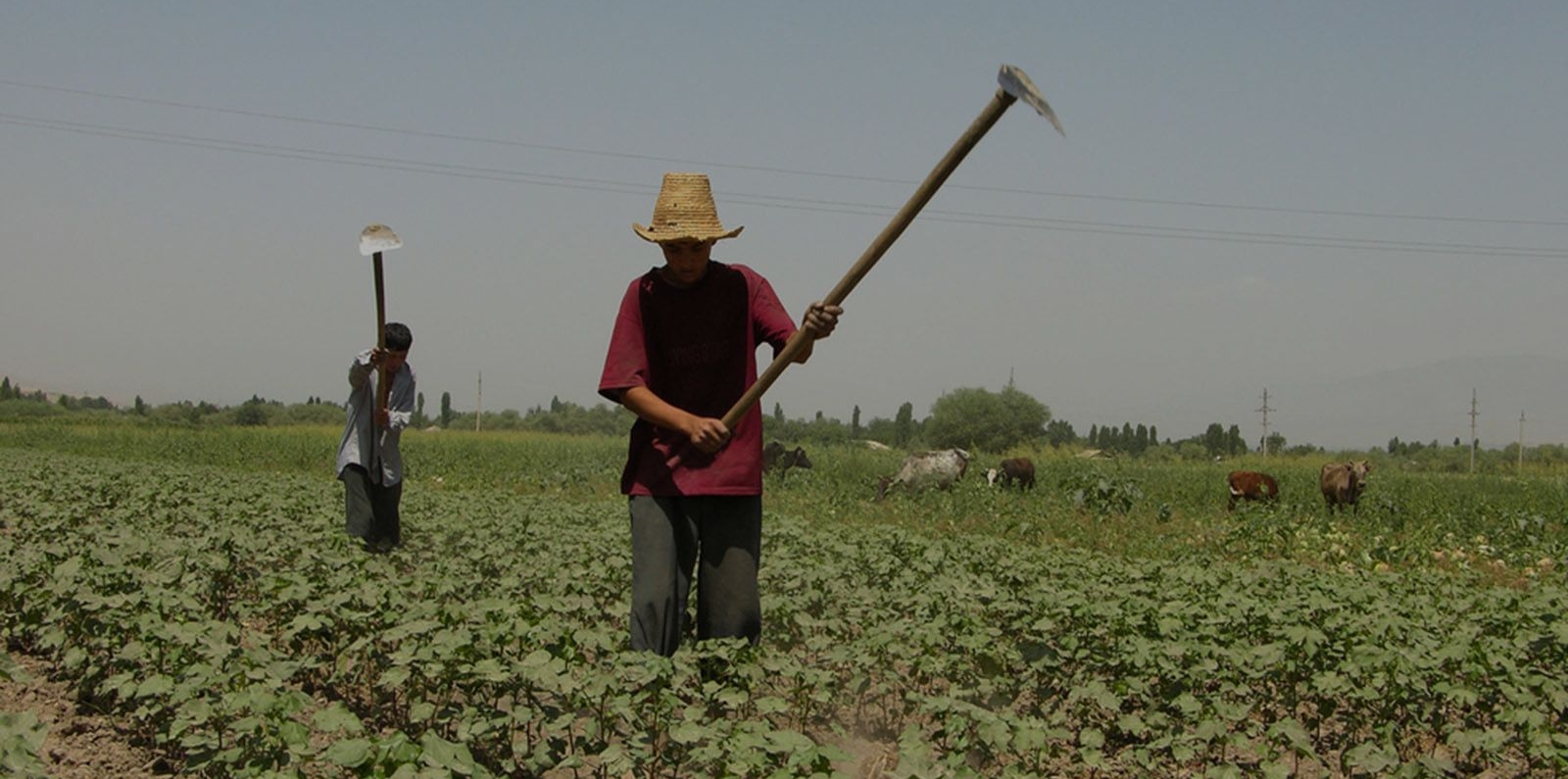About the Project
In Tajikistan, the agriculture sector contributes to around 29% of the GDP and 43% of the labor force. But with 77% of Tajikistan’s poor exposed to high risks such as droughts, floods, landslides, and border disputes, the sector is considered one of the most vulnerable. Tajikistan’s agricultural resource base is characterized by limited arable land, substantial areas of permanent pasture, and a heavy reliance on irrigation for crop production. Of the 4.1 million ha of agricultural land, only 830,000 ha are arable. Around 85% is irrigated, but only around 70% of this irrigated land is currently in use. This is due to the deterioration of irrigation and drainage infrastructure, water logging, and salinization. Many pump stations no longer work, primary drainage channels and irrigation canals have silted up due to a lack of public funds for cleaning, and there is no regular maintenance of secondary and tertiary canals.
The Public Employment for Sustainable Agriculture and Water Resources Management II (PAMP II) project invested $27.9 million for increased crop production through improved irrigation and drainage infrastructure, improved water resource management policies, and employment opportunities for food-insecure people through the rehabilitation of irrigation and drainage infrastructure. The project was part of a comprehensive reform program, initiated by the Government of Tajikistan, to create an efficient and sustainable water resource management system and to provide better irrigation services to the country’s farmers. Through infrastructure and institutional support, the project provides employment opportunities to food-insecure people through the rehabilitation of irrigation and drainage infrastructure, increased crop production through improved irrigation, and improved food availability and food access for low-income people in poor rural areas.
Country
- Tajikistan
Project Status
ClosedFunding
Country-led projectSupervising entity
- World Bank
Call Year
2010GAFSP Funding Amount
27.90Project Highlights

people benefited from the project, 24 percent were women

people earned supplementary income by participating in the public works program

hectares of farmland got improved water management and irrigation service delivery
Results
The project benefitted 1,062,927 people (24 percent women). In line with the project’s short-term objectives, more than 30,000 people earned supplementary income by participating in the project-financed public works program, which generated 1,051,786 man-days of temporary employment and improved water management and irrigation service delivery for 250,000 hectares of farmland. To support institutional development for water resources, the project played a large role in supporting the government in drafting the Water Code for submission to parliament. In addition, PAMP II strengthened 110 WUAs through a series of project-provided trainings, institutional restructuring, mentoring, office construction, and landscaping activities.
Contact
GAFSP Coordination Unit
gafsp-info@gafspfund.org
Documents
Official Project Documents:
